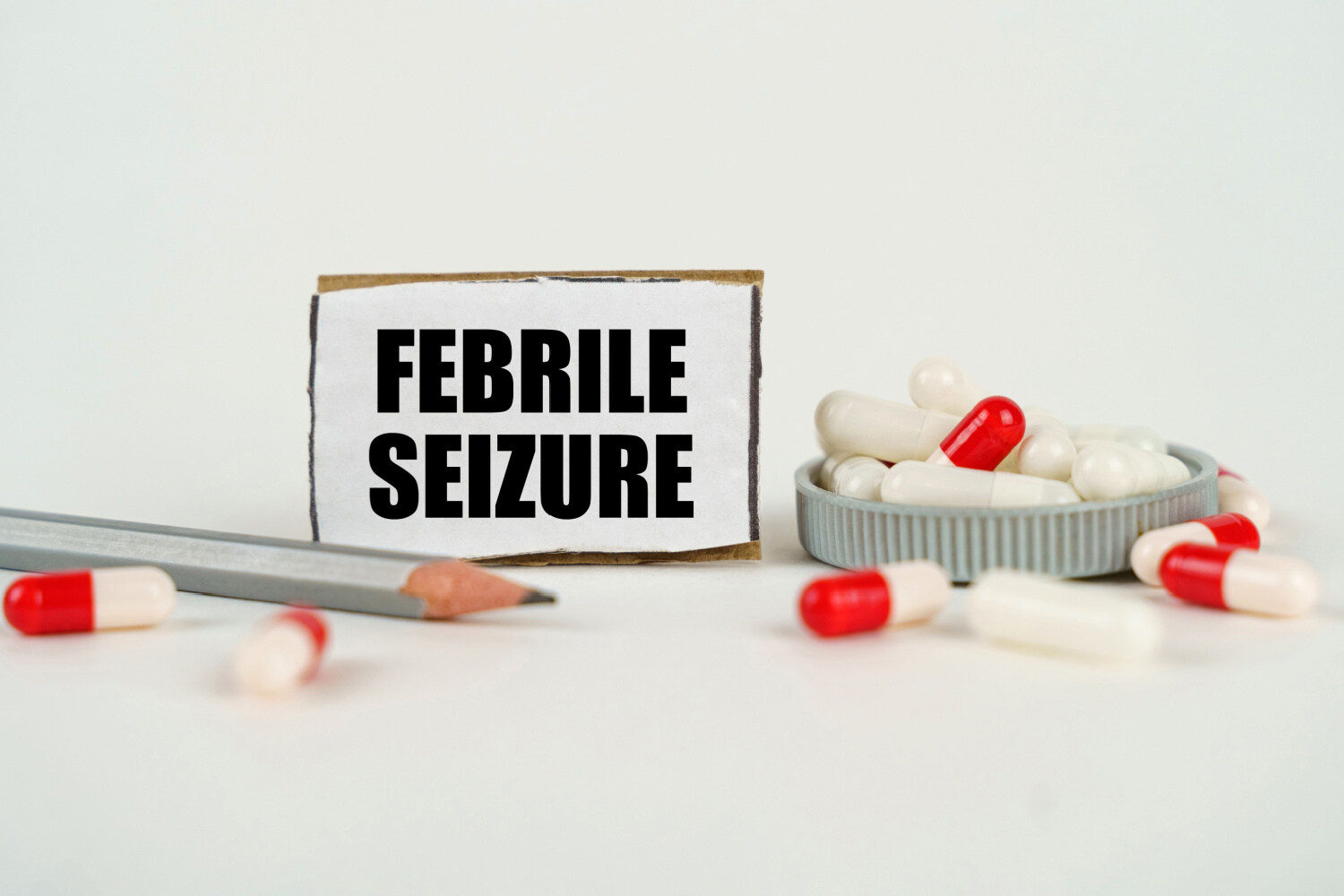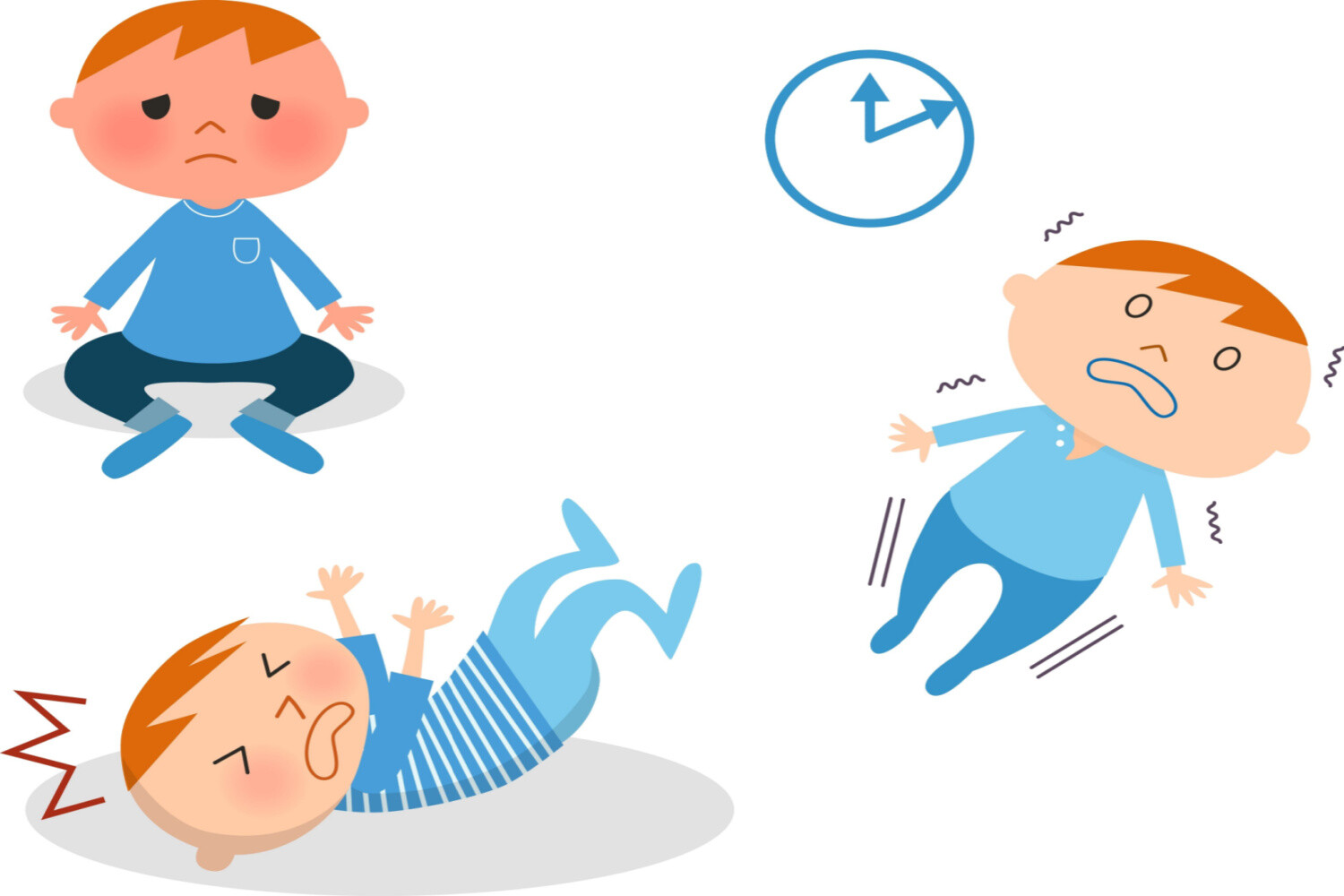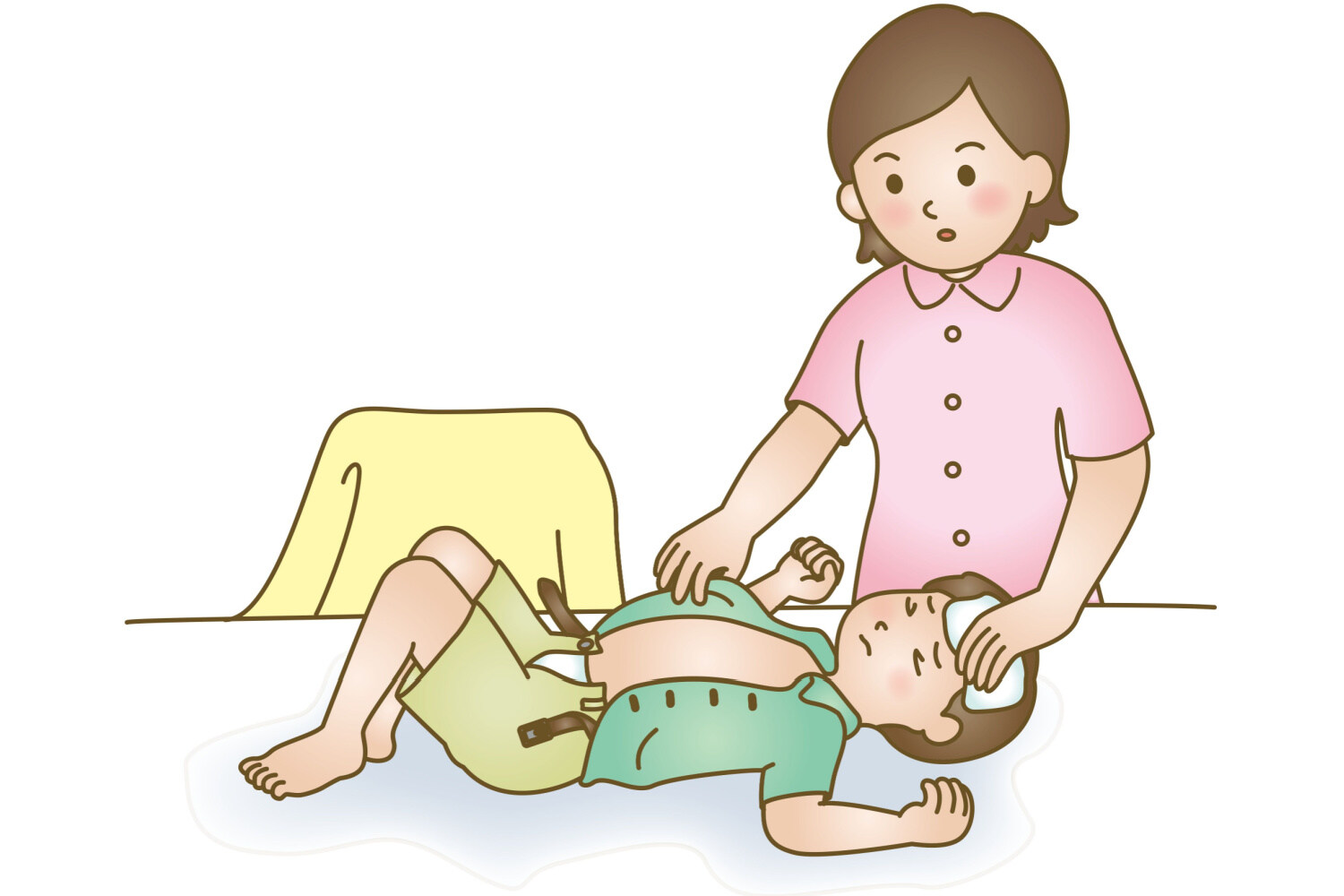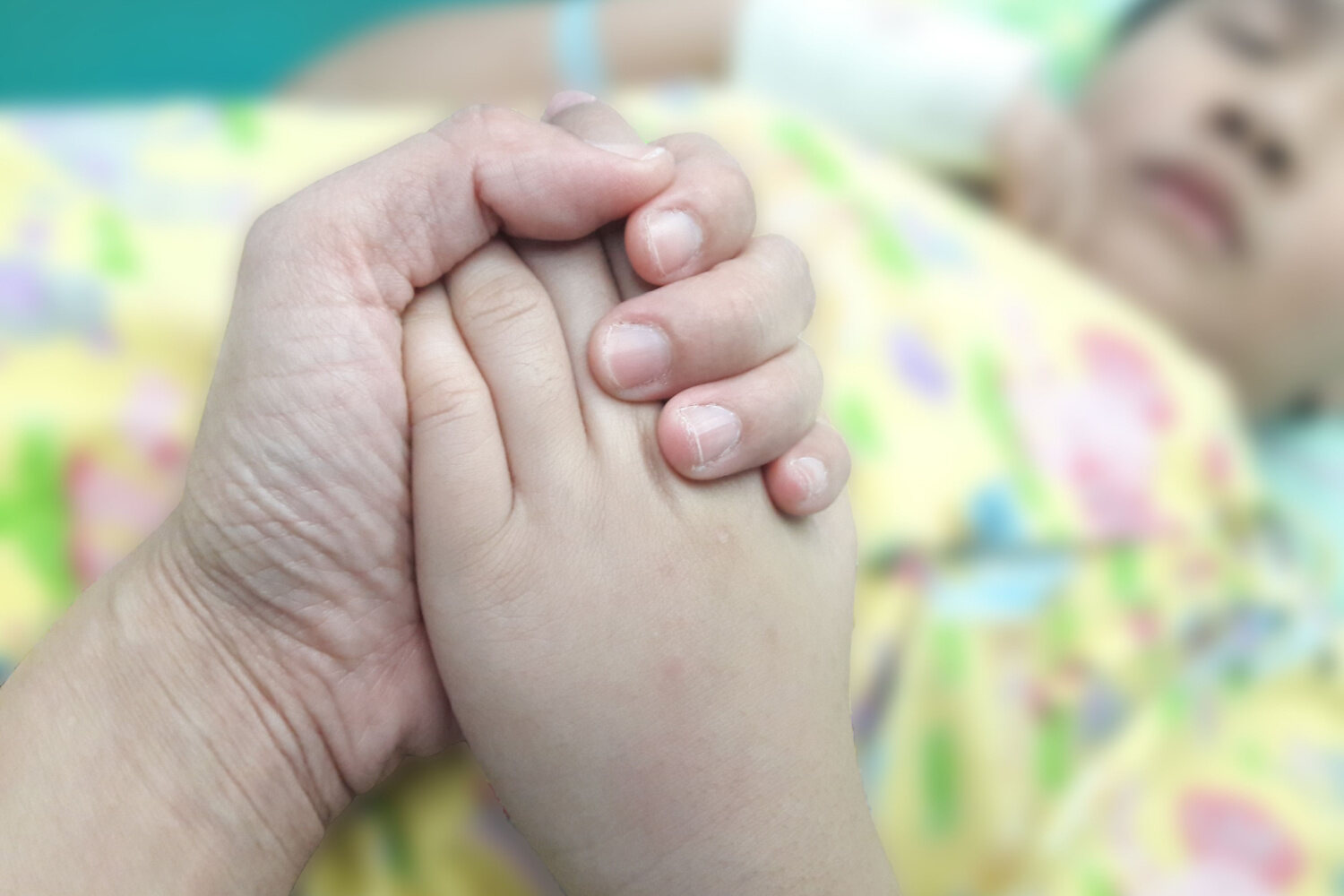
Have you ever witnessed your toddler having a seizure attack that left your little one in difficulty? Seeing your toddler having a febrile seizure is a scary experience. Febrile seizures in toddlers might be scary but not life-threatening. And, they usually last five minutes or longer. Toddlers usually recover quickly and do not have long-term effects or other health complications.
In case seizures last longer, or your toddler experiences a complex febrile seizure, in such instances, they may develop epilepsy. Being parents, we understand you might be worried about your little one’s health, and you may want to know why and how your toddler is getting these seizures. To help you understand febrile seizures, how they occur, their causes, symptoms, and what to do when your toddler gets a seizure, continue to read.
In This Article
- What Are Febrile Seizures?
- What Causes Febrile Seizures?
- What Are The Signs And Symptoms of Febrile Seizures?
- What to do if Your Toddler Has a Febrile Seizure?
- How Are Febrile Seizures Treated?
- When to Call a Doctor?
- FAQ’s
What Are Febrile Seizures?

A febrile seizure is a form of spasm in a toddler that generally happens due to a high fever of 100.4 ⁰F or 38⁰C (1a). Seizures may occur due to high fever, cold, flu, ear infection etc. Febrile seizures can occur without any underlying conditions like a disease of the nervous system, electrolyte imbalance etc. We know it can be a frightening situation to watch your toddler having febrile seizures. However, these seizures are usually harmless and last only for a couple of minutes.
It doesn’t indicate that your toddler has any potential health issues. In case of a seizure, all you need to do is protect your toddler from injury due to falling down or obstacles. Take them to a safe place or probably a bed and allow them to lie down. Let your toddler calm down, and once the febrile seizure is over, you can call the doctor for evaluation.
What Causes Febrile Seizures?
There is no particular explanation available as to why febrile seizures happen in toddlers. However, some evidential studies show that febrile seizures are related to viral infections and the reaction of the toddler’s brain to the high fever (1b).
What Are The Signs And Symptoms of Febrile Seizures?

There are two types of febrile seizures, and each of them has different signs and symptoms. Some of the common signs you should notice includes-
Simple Febrile Seizures
This is a common form of febrile seizures that occur in toddlers. It usually lasts for a few minutes. However, in some rare cases, it can last up to 15 minutes. Your little one may experience the following symptoms-
- Convulsion or twitch all over
- Body shaking
- Rolling of the eyes
- Become unconscious
- Moan
- High fever
- Urinate or vomit during convulsions
Complex Febrile Seizures
During this type of seizure, your toddler may experience the above-listed symptoms and the seizure will last longer, up to 15 minutes. It usually happens twice or thrice within 24 hours and involves twitching and movement of only one part or side of the body.
What to do if Your Toddler Has a Febrile Seizure?

When your toddler gets a febrile seizure attack, foremost, you should stay calm, do not panic, and follow these tips-
- Gently place your little one on the ground, floor, or bed
- Remove all nearby objects that may harm them
- Place your toddler on one side to avoid choking
- Loosen the tight clothes your toddler is wearing, specifically around the neck and head region
- Notice the breathing problem signs and the bluish color of the face
- If possible, then keep track of how long the febrile seizure lasts for your toddler
Please note, if a febrile seizure lasts longer than 5-7 minutes and your toddler’s face turns blue, it may be a cause for concern because it can be a serious form of seizure. During febrile seizure conditions, avoid holding or restraining your toddler, as it may suffocate them. Avoid putting anything into the mouth of the toddler.
How Are Febrile Seizures Treated?

Once the seizure is over, call your doctor for consultation and find the root cause of fever and seizure. The doctor will examine your toddler and may ask you to describe the seizure. In the majority of the cases, toddlers don’t require any treatment. However, in some cases, doctors may ask for tests to find out symptoms such as diarrhea and vomiting. Doctors may recommend some standard medication to treat fever. But make sure to give that medicine on the doctor’s recommendation only. These medicines only help in controlling fever, they don’t cure or prevent febrile seizures in toddlers.
On the other hand, complex febrile seizures may require treatment. Doctors may prescribe anticonvulsant medications to stop the seizures (2). Medicine is usually given when the seizure lasts longer than 5 minutes, and your toddler experiences more than one seizure within 24 hours.
When to Call a Doctor?

Usually, febrile seizures are over within a couple of minutes without a doctor’s requirement. However, you should call a doctor if you experience these conditions in your toddler-
- Has a febrile seizure that lasts longer than five minutes
- Seizure involves only fewer parts of the body rather than the whole body
- Facing trouble while breathing or face turns blue
- The toddler is not responding normally
- Your toddler gets multiple seizures within 24 hours
Febrile seizures are the most common type of seizures affecting toddlers and young kids (3). Febrile seizures in toddlers usually stop within a few minutes without any medical attention and do not cause any long term health issues. Although it is quite a scary experience for any parent to watch their toddler undergo convulsions and seizures, please keep calm and do not panic. Avoid hugging your toddler during seizures. It may cause breathing difficulties for them. Allow your toddler to calm down and follow the above listed tips. However, if the seizure lasts longer than 15 minutes, you may need to consult with healthcare experts once the seizure is over to get the right guidance.
FAQ’s
1. At What Temperature do Febrile Seizures Occur?
Febrile seizure usually occurs when your toddler has fever higher than 101⁰F or 38⁰C.
2. Can a Toddler Sleep After a Febrile Seizure?
Yes, once the febrile seizure is over, your toddler can sleep peacefully.
References
- Febrile Seizure – [https://www.ncbi.nlm.nih.gov/books/NBK448123/]
- Recognition and management of febrile convulsions in children – [https://pubmed.ncbi.nlm.nih.gov/30418862/]
- Assessment of febrile seizures in children – [https://pubmed.ncbi.nlm.nih.gov/17768636/]
